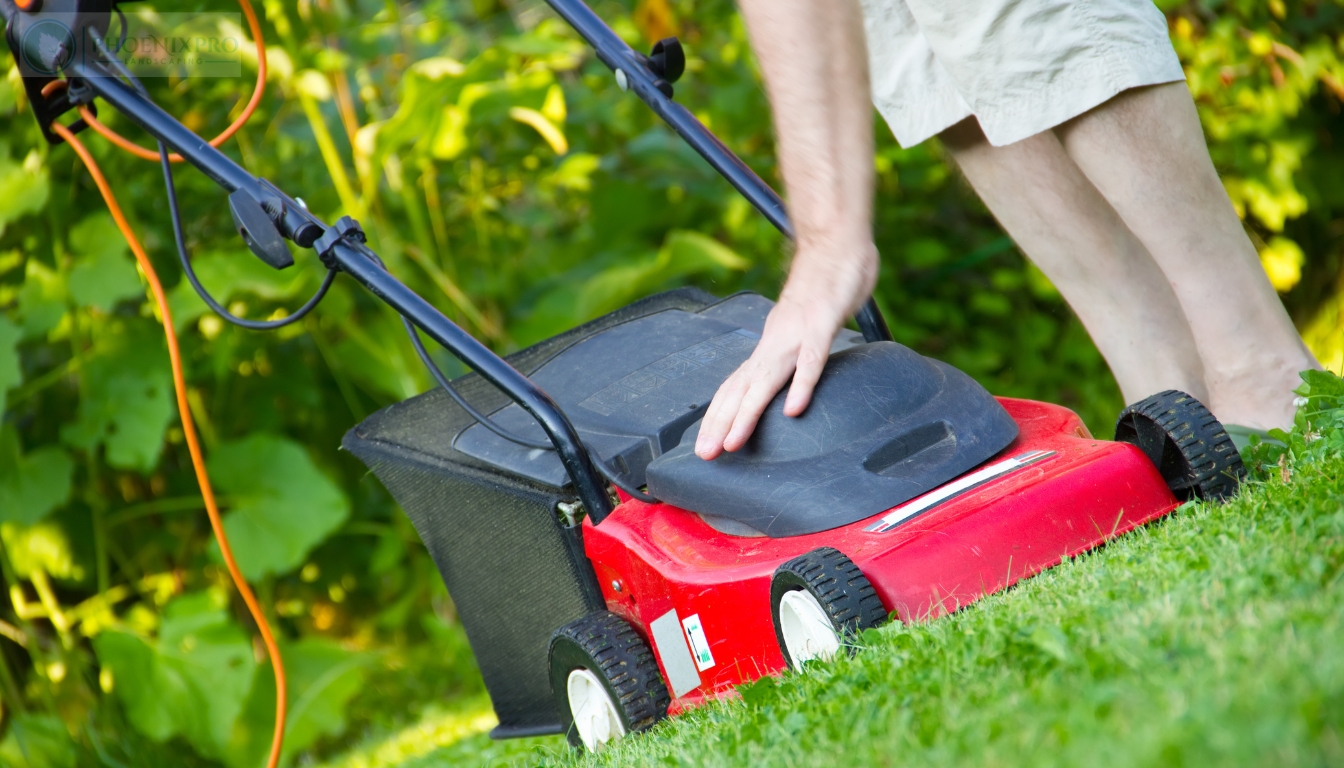Introduction to Lawn Maintenance
Gardening is not just a hobby; it’s a way of life for many. Whether you're a seasoned green thumb or just starting out, maintaining a beautiful lawn and garden requires the right tools. Lawn maintenance tools every gardener should own can make all the difference between a thriving landscape and one that struggles to survive. Not only https://phoenixprolandscaping.com/landscaping/fountain-hills-az/ do these tools help you keep your garden looking pristine, but they also enhance your overall gardening experience.
In this comprehensive guide, we’ll explore the essential lawn maintenance tools that every gardener should possess, tips for their effective use, and how they contribute to successful landscape design. So grab your gloves, and let’s dig into the world of gardening!
Lawn Maintenance Tools Every Gardener Should Own
When you think about lawn care, what comes to mind? Perhaps you envision a perfectly manicured yard or vibrant flowers blooming in your garden. Regardless of your vision, having the right lawn maintenance tools is paramount. Here are some indispensable instruments that will set you up for success.
1. Lawnmower: The Heart of Lawn Care
A reliable lawnmower is arguably the most important tool in any gardener's arsenal. It’s crucial for keeping grass at an optimal height, promoting healthy growth and enhancing aesthetic appeal.

Types of Lawnmowers
- Reel Mowers: Ideal for small lawns; quiet and environmentally friendly. Rotary Mowers: Versatile and suitable for various grass types; available in gas or electric versions. Riding Mowers: Perfect for large properties; they save time but require more investment.
2. String Trimmer: For Those Hard-to-Reach Spots
While a lawnmower does a great job on open areas, there are always tricky spots where grass grows wild—around fences, flower beds, or trees. Enter the string trimmer!
Benefits of Using a String Trimmer
- Precision: Allows you to get into tight corners. Versatility: Can be used for edging as well as trimming. Lightweight Options: New models are often easy to handle.
3. Rake: The Classic Tool
Though it may seem basic, the rake is incredibly effective for multiple tasks beyond just leaf collection.
Uses of a Garden Rake
- Collecting leaves Leveling soil Aerating soil when using a bow rake
4. Spade vs. Shovel: What’s the Difference?
Understanding the distinction between these two essential digging tools can save you time and effort.
Spade Use Cases
- Ideal for precise digging tasks Great for edging flower beds
Shovel Use Cases
- Best suited for moving heavy materials like soil or gravel Useful in larger digging projects
5. Pruning Shears: Keeping Plants Healthy
Regular pruning ensures that plants remain healthy and vibrant while also allowing air circulation.
Choosing Pruning Shears
- Look for ergonomic handles Sharp blades will make cleaner cuts
6. Hedge Trimmers: Sculpting Your Landscape Design
If you've ever admired perfectly shaped hedges or topiaries, then hedge trimmers are your best friend!
Electric vs. Manual Hedge Trimmers
- Electric trimmers are faster and easier. Manual options offer better control over detailing.
7. Garden Hose: The Lifeline of Your Plants
Watering is fundamental in garden maintenance; therefore, having a good quality garden hose is essential.
Hose Types Available
Check out:
| Type | Pros | Cons | |--------------|---------------------------|--------------------| | Standard | Affordable | Can kink easily | | Soaker | Delivers water slowly | Needs more care | | Expandable | Lightweight | May not last long |
8. Sprinkler Systems: Automated Watering Solutions
For larger gardens or busy gardeners, sprinkler systems can take watering off your daily chore list!
Benefits of Automated Watering
- Saves time Ensures even distribution of water Adjustable settings based on plant needs
9. Wheelbarrow: Transporting Materials with Ease
Whether you're moving soil, mulch, or plants around your yard—a wheelbarrow makes life much easier!
Choosing the Right Wheelbarrow
Look at factors such as:
Size (capacity) Material (steel vs plastic) Number of wheels (single vs dual)10. Soil Tester: Understanding Soil Health
Soil health directly influences plant growth; hence knowing its composition can inform your gardening practices.
How to Use Soil Testers?
Simply follow these steps:
Collect samples from multiple spots in your garden. Follow instructions on how to mix and analyze them according to manufacturer guidelines. Adjustments can then be made based on results!Conclusion
Maintaining a beautiful lawn involves much more than simply mowing once every couple of weeks; it requires careful planning and execution using various tools tailored to specific tasks within landscape design and garden maintenance strategies.
Every gardener's toolkit can vary based on individual needs and preferences but equipping yourself with these essential items will undoubtedly enhance your gardening experience while helping you achieve stunning results effortlessly!
FAQs About Lawn Maintenance Tools
li27/ol3/li28li28/ol4li29# How often should I mow my lawn?- Ideally once a week during growing seasons; however, adjust based on growth rate due to weather conditions.
- While possible, scissors won’t provide clean cuts needed to promote overall plant health effectively.
- Regular cleaning after each use along with sharpening blades will extend their lifespan significantly!
By understanding what tools are necessary—and how best to utilize them—you'll not only improve your landscape design skills but also enjoy gardening much more!